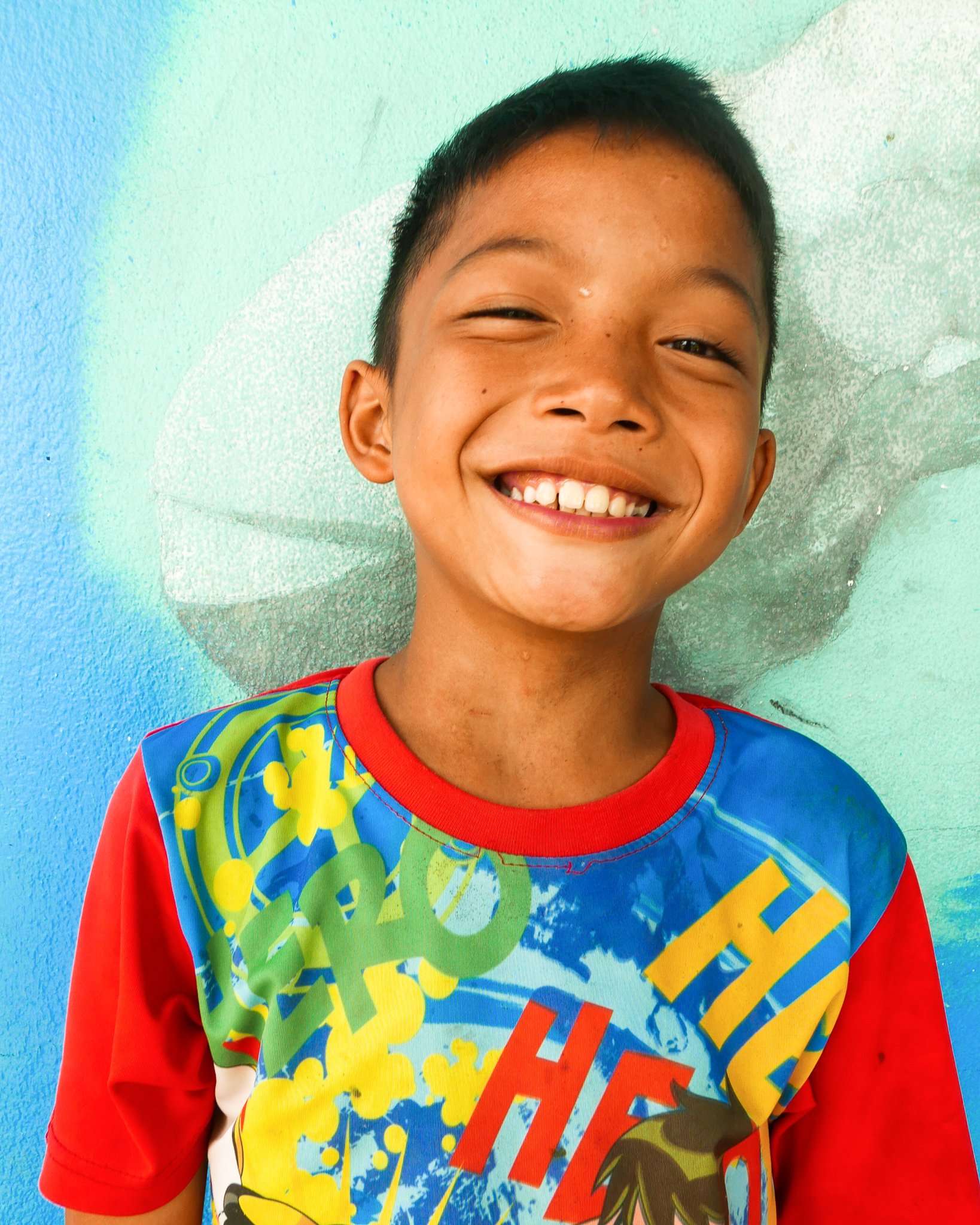Introduction
Climate change, often discussed in the context of environmental degradation, also has profound implications for human rights, particularly concerning modern-day slavery, forced labor, and human trafficking. As a driver of displacement, economic instability, and social upheaval, climate change creates conditions ripe for exploitation by traffickers. This essay explores the intricate ways in which climate change contributes to these human rights abuses and the challenges it poses in addressing them.
Climate Change as a Catalyst for Vulnerability
The primary impact of climate change lies in its ability to disrupt lives and livelihoods. Extreme weather events, such as floods, droughts, and hurricanes, lead to loss of property, land, and sources of income, particularly in agrarian and low-income communities. As traditional means of subsistence become untenable, individuals and families are forced to migrate, often under precarious circumstances. This migration, whether internal or cross-border, exposes people to risks of exploitation, as they might lack legal protection, work opportunities, and social support in their new environments.
From Displacement to Exploitation
Displaced populations, especially those migrating without adequate planning or resources, become easy targets for traffickers. These traffickers offer false promises of employment and stability, only to coerce individuals into various forms of modern slavery, including forced labor in agriculture, mining, and construction sectors known for their harsh conditions and low pay. Women and children are particularly vulnerable, often falling prey to sexual exploitation as a result of their displaced status.
Resource Scarcity and Conflict
Climate change-induced resource scarcity can lead to conflicts, further destabilizing regions and exacerbating vulnerabilities. Competition over dwindling natural resources like water and arable land can result in social unrest, weakening governance structures and law enforcement, thereby creating a fertile ground for trafficking and forced labor practices. In such environments, individuals, including children, may be coerced into armed conflict or criminal activities as a means of survival.
Economic Pressures and Child Labor
Economic hardships brought about by climate change can force families into making desperate decisions. Child labor, a form of modern-day slavery, often sees an uptick as families struggle to cope with economic pressures exacerbated by environmental changes. Children are withdrawn from schools and sent to work in hazardous conditions, sometimes trafficked far from their homes.
The Challenge of Addressing the Nexus
Combating the intersection of climate change and human trafficking requires a multifaceted approach. Efforts must be made to strengthen resilience in vulnerable communities through sustainable development and climate adaptation strategies. Additionally, there is a need for robust legal frameworks and cross-border cooperation to protect displaced populations and prosecute traffickers. Raising awareness about the risks associated with displacement and resource scarcity is also vital.
Conclusion
Climate change is not just an environmental issue but a profound human rights challenge with direct implications for modern-day slavery, forced labor, and human trafficking. As the planet warms and ecosystems alter, the resulting social and economic upheaval paves the way for exploitation. Addressing this issue requires a holistic approach that recognizes the interconnectedness of climate change, migration, economic stability, and human rights. Effective strategies must encompass environmental action, social protection, legal enforcement, and international collaboration to mitigate this complex and evolving challenge.

